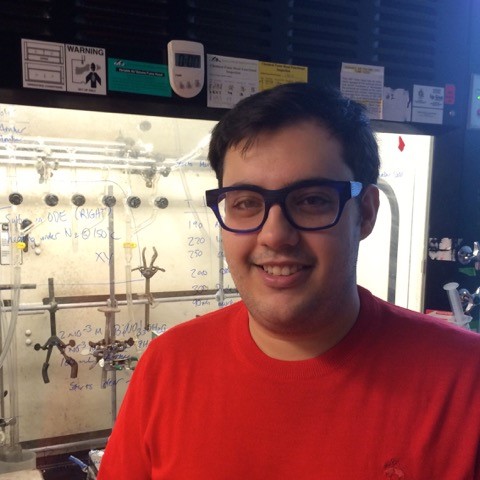
Synthesis of Rare Earth Doped Nanophosphors for Luminescent Solar Concentrators
Buildings in large urban environments account for 40% of energy use, mostly in the form of heating and lighting. With increasing urbanization, there is a need to accommodate clean energy technologies within an existing built environment. Solar energy is one such clean energy source that has limited application in cities because of the architectural constraints of existing solar technologies. One way to incorporate solar energy technology into a built environment is with luminescent solar concentrators (LSCs). These devices are typically windows or panels with an embedded luminescent material that absorbs sunlight, reemits that light, and concentrates it at the panel’s edges where it is collected by a solar cell. LSCs can be incorporated into buildings as windows where the color and efficiency of the device depends on the embedded luminescent material. I am interested in using rare earth doped semiconductor nanocrystals as luminescent materials for LSC applications. Rare earth ions have well characterized emission properties making them ideal for this application. Currently, rare earth doping in nanocrystals is limited to insulating materials, which would not efficiently absorb solar energy. I am developing non-traditional semiconductor nanocrystals that are economical, have low toxicity, and can be doped with rare earths to absorb a significant amount of solar energy.
Advisor: Daniel Gamelin, Chemistry



